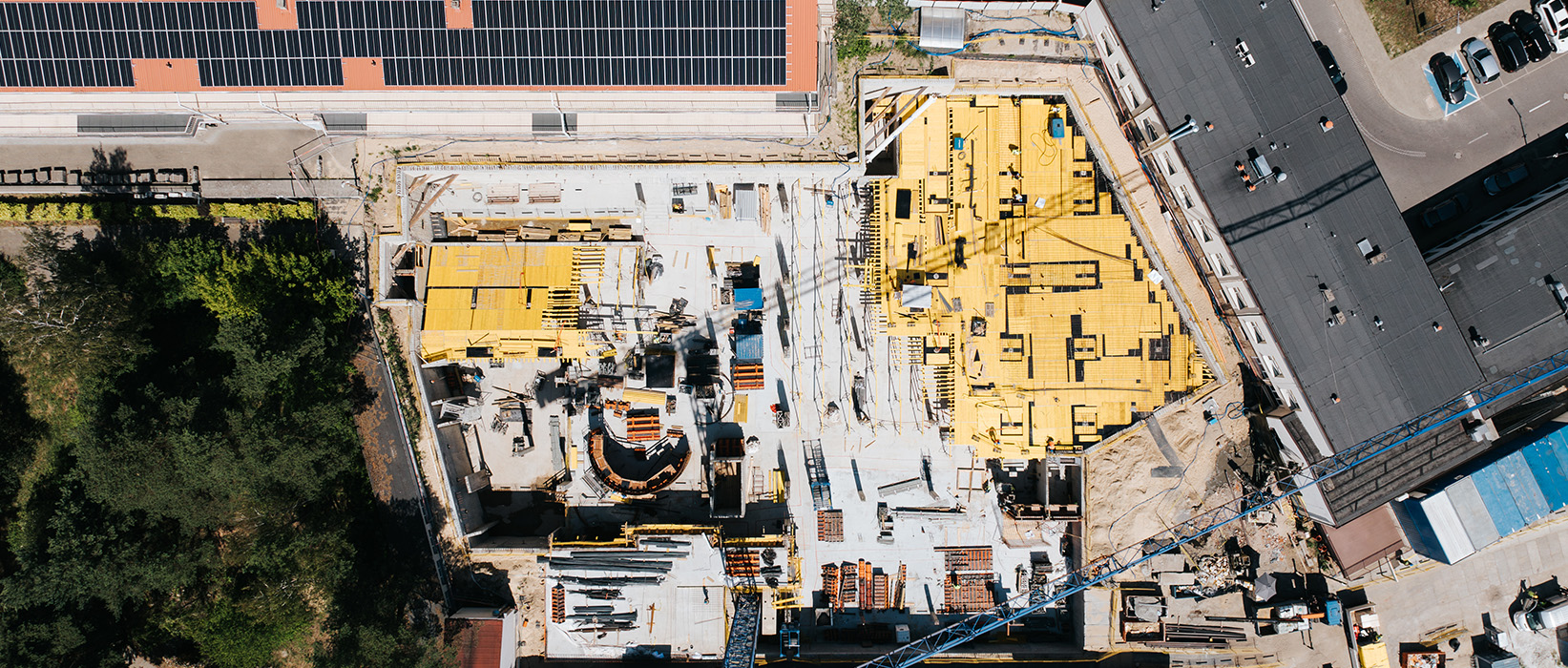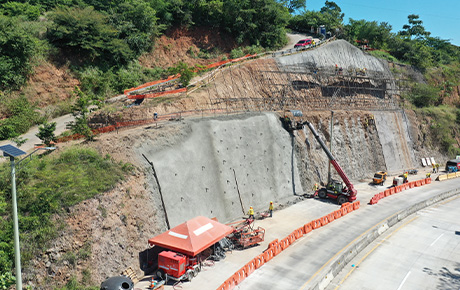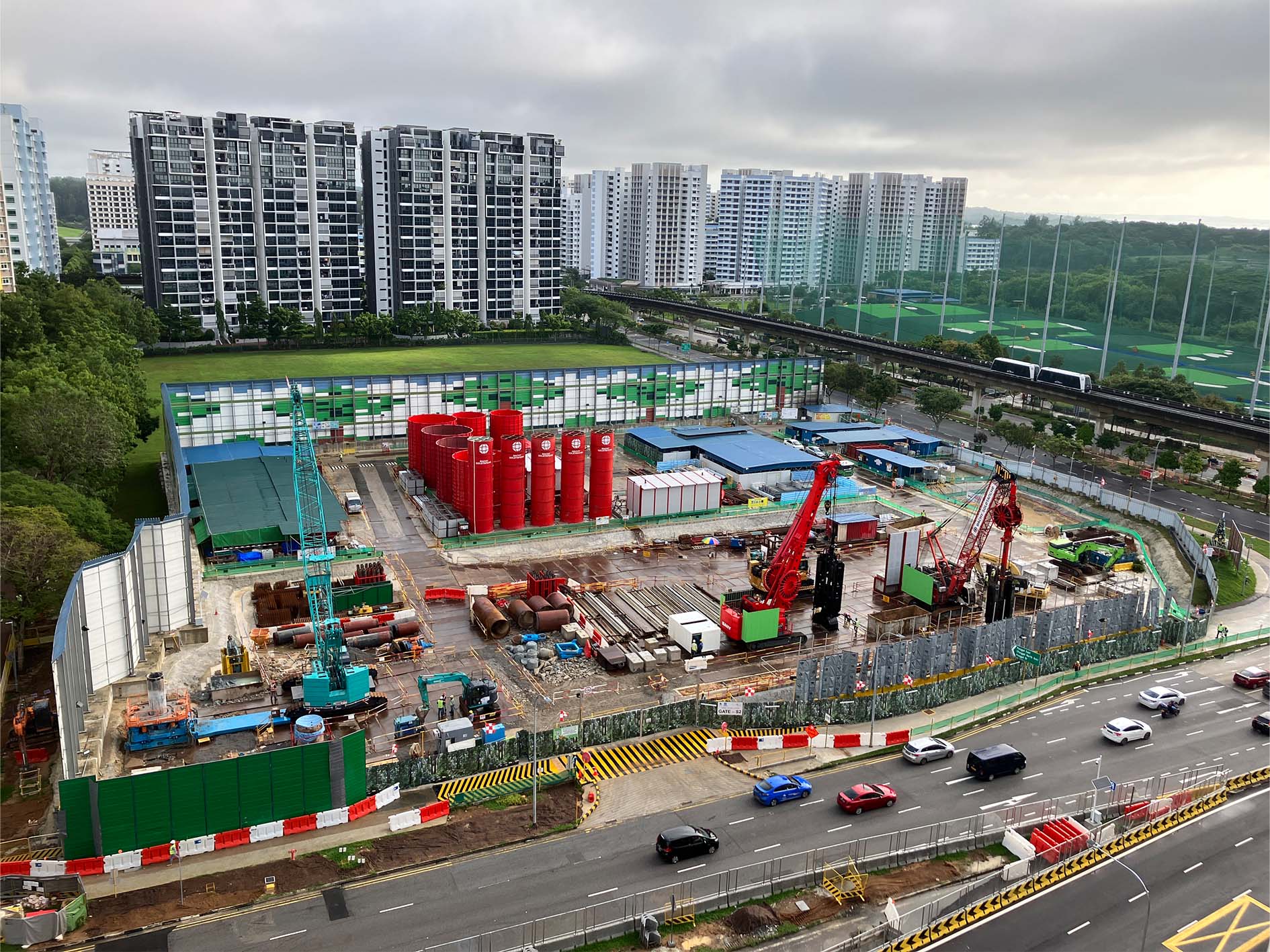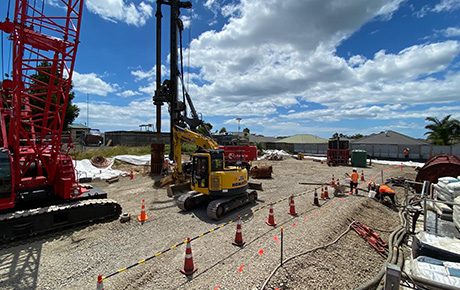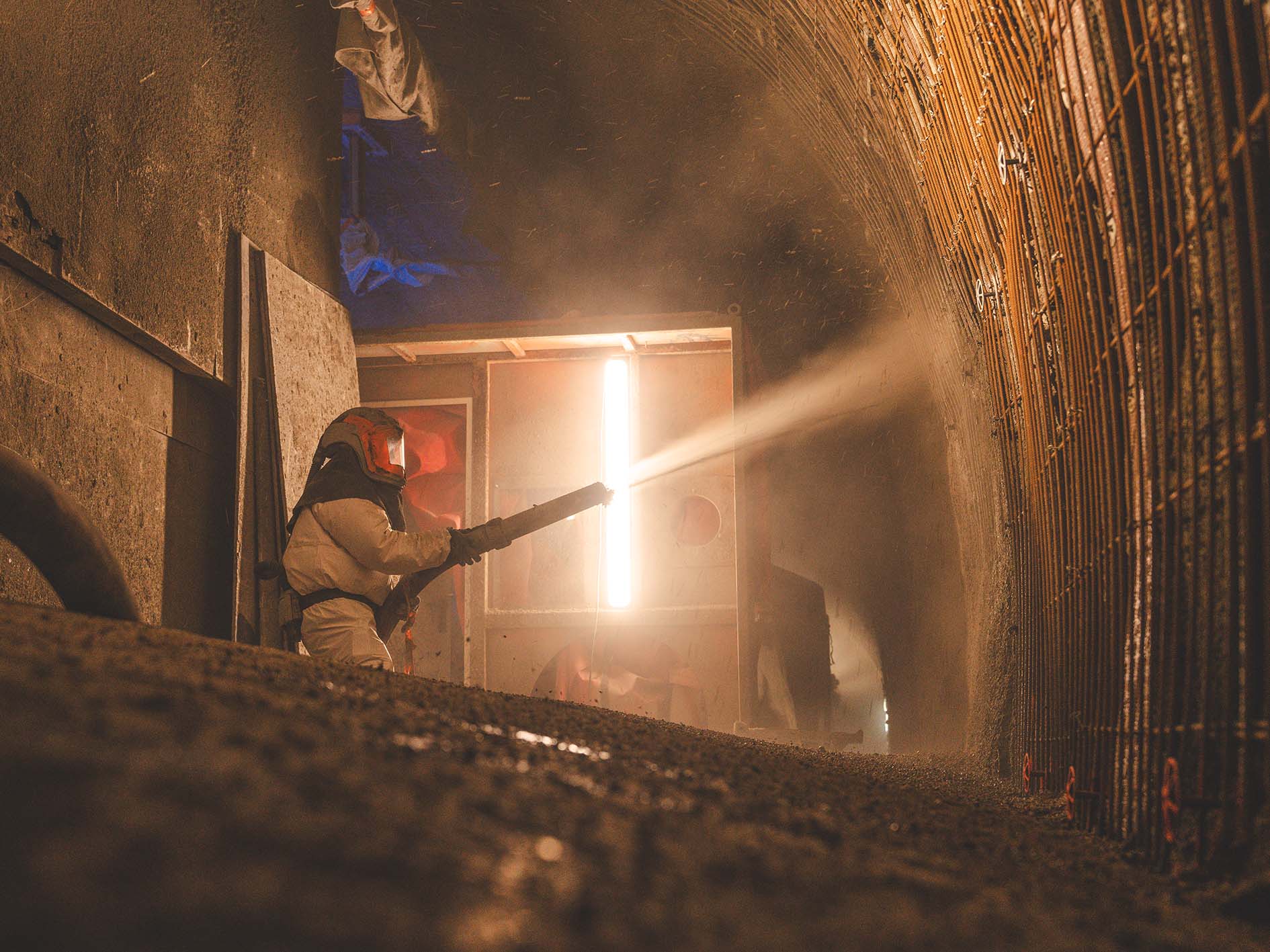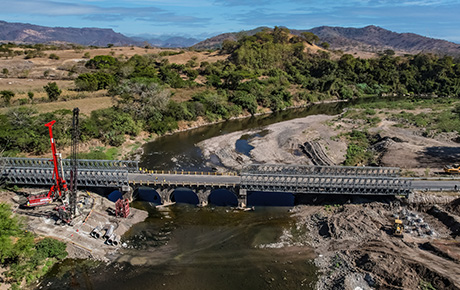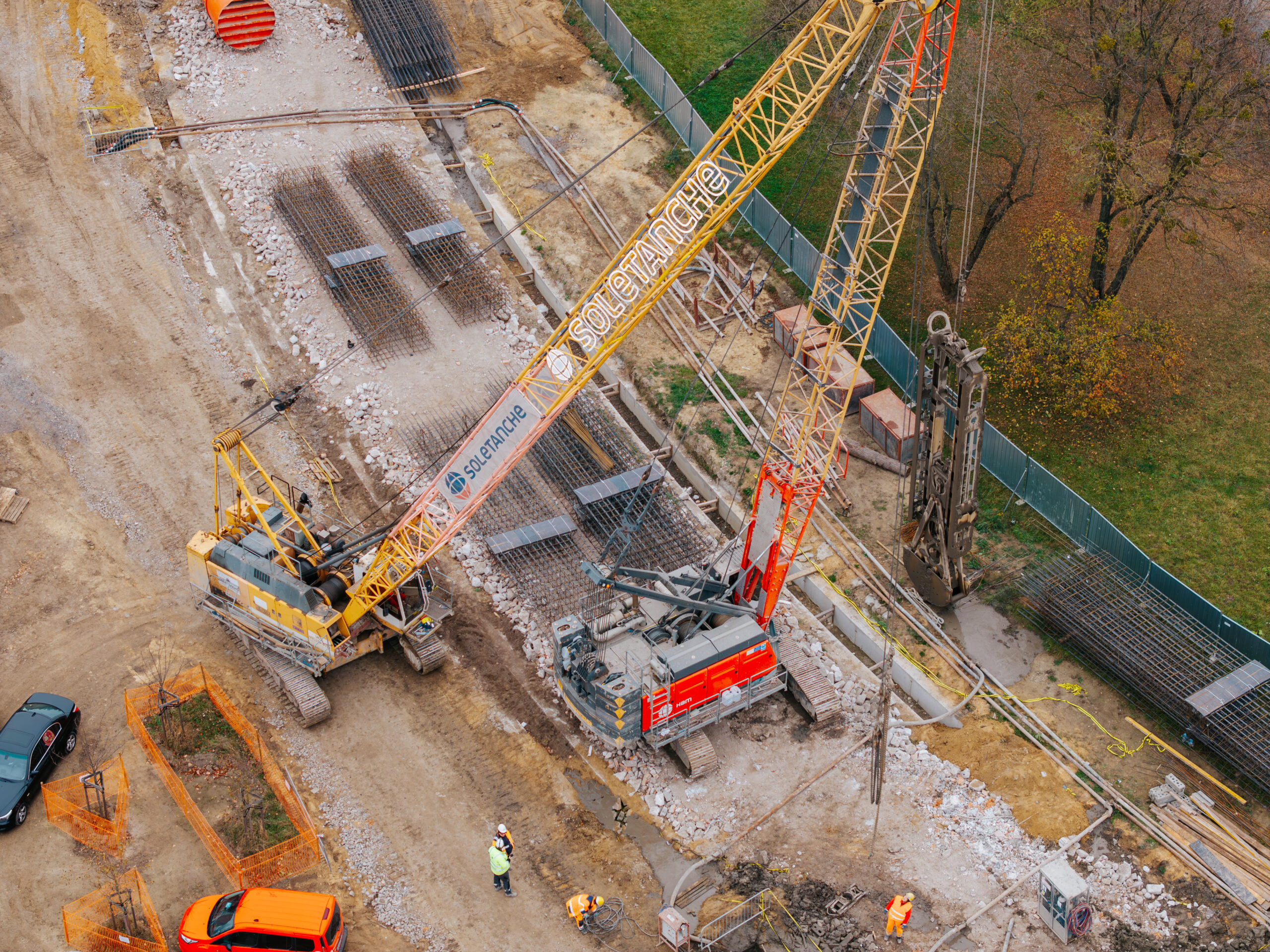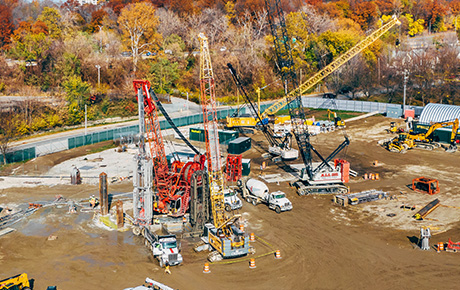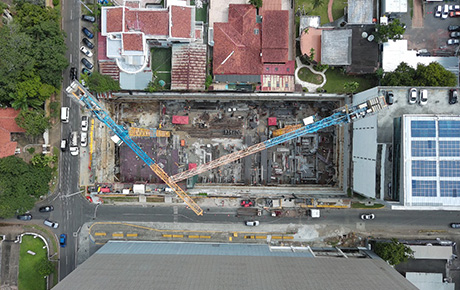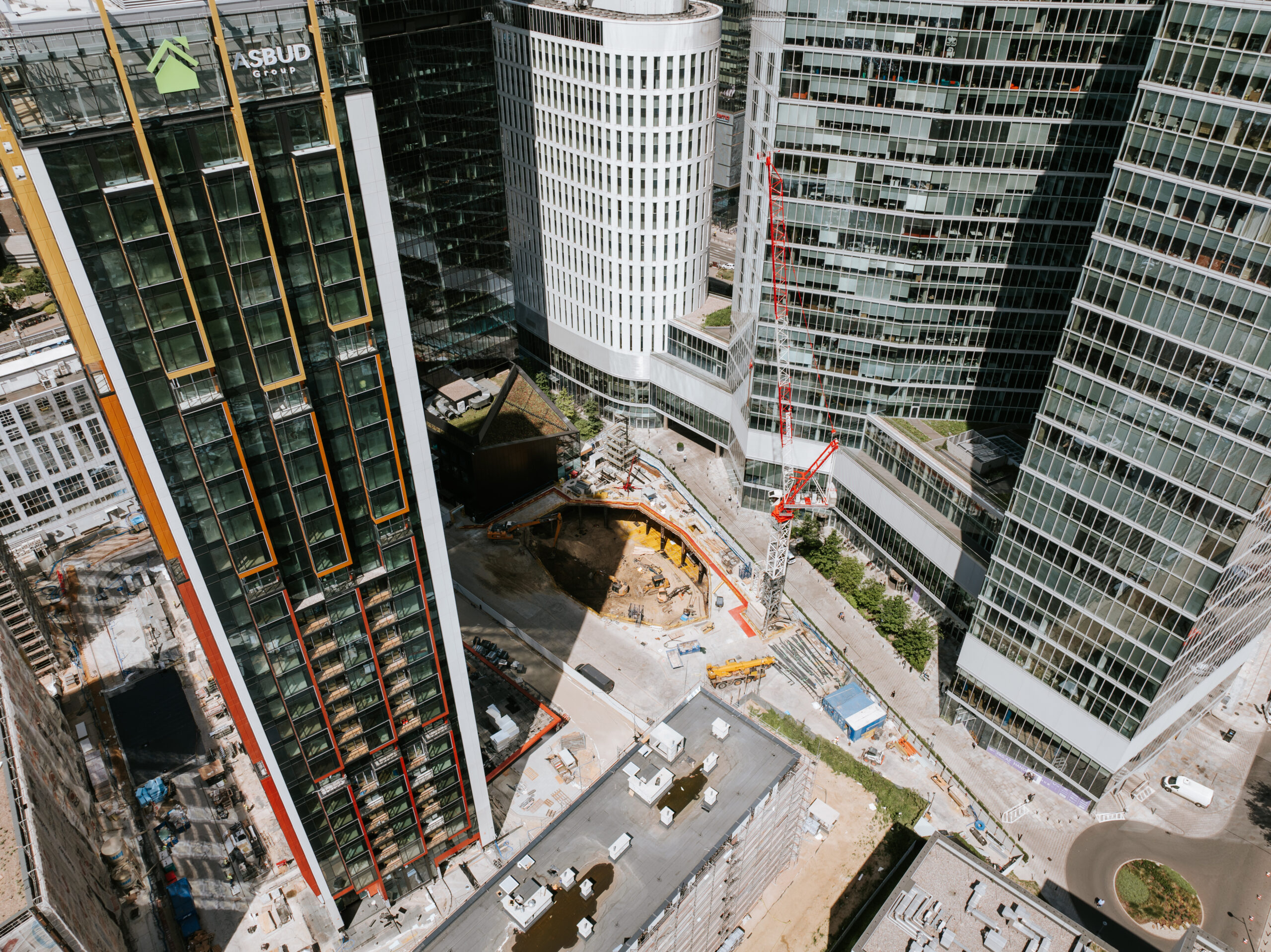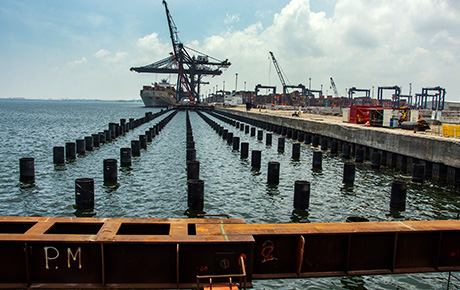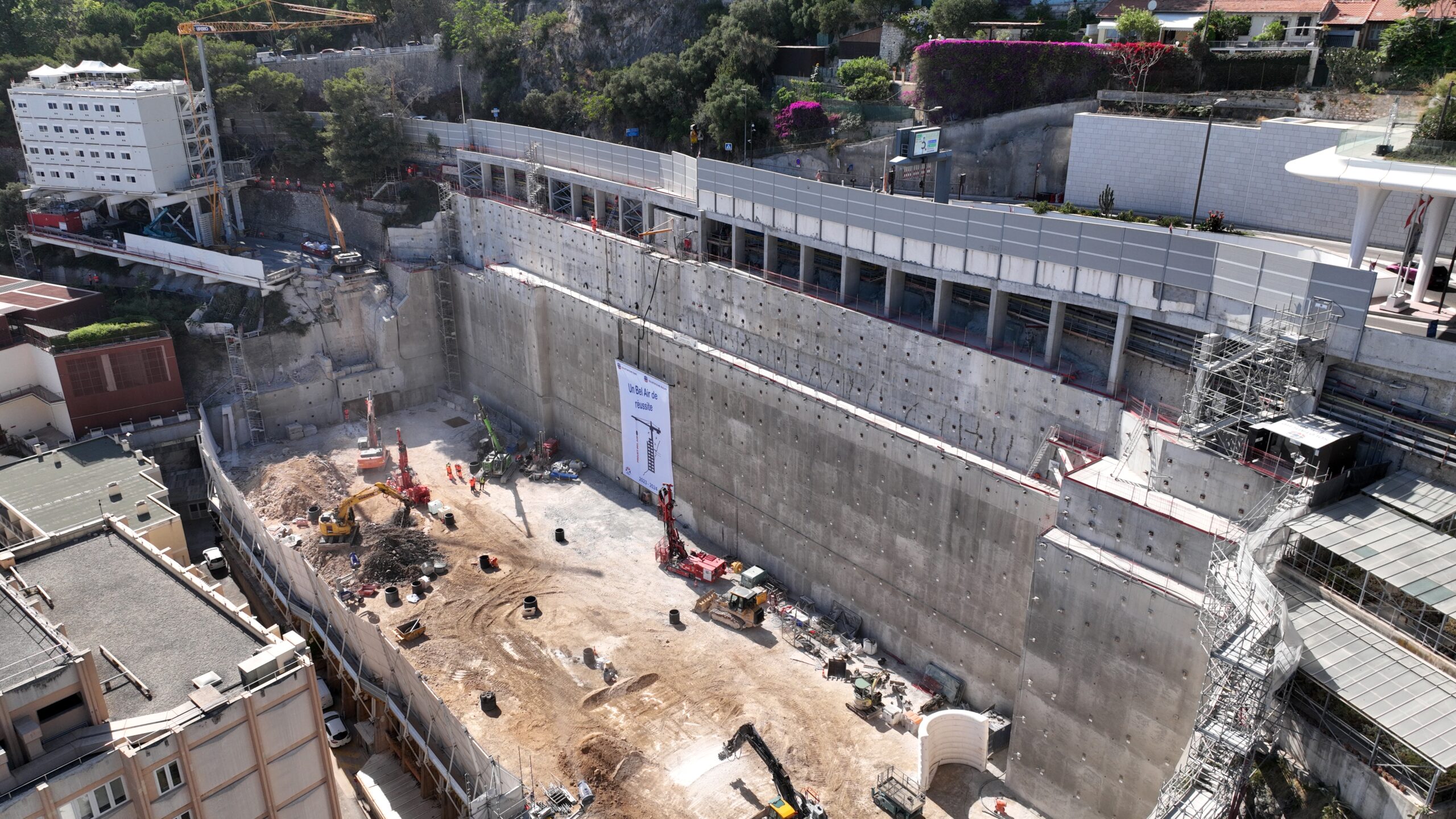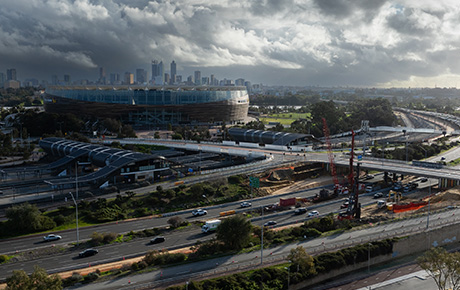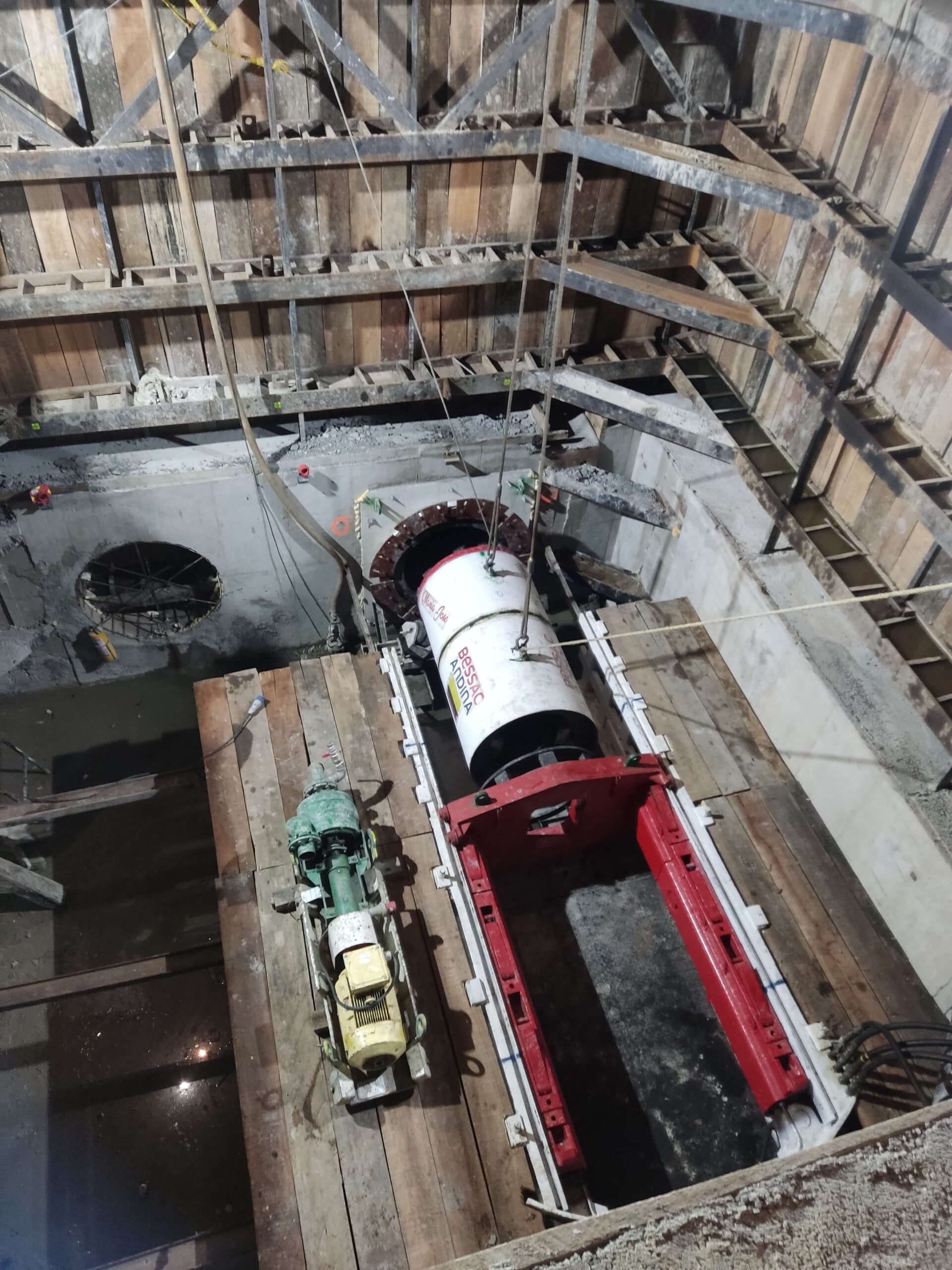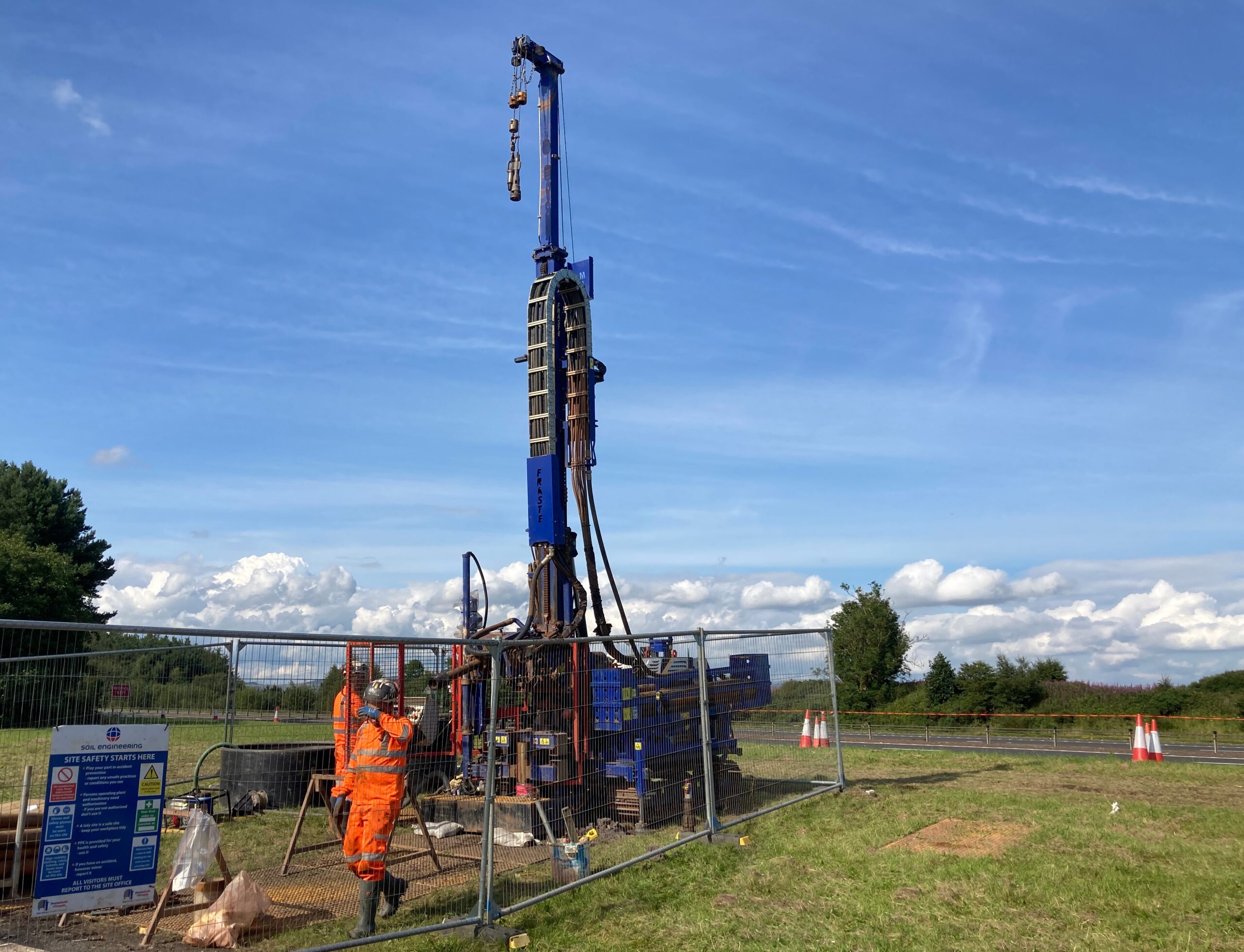13/09/2024
Poland: the foundations of the Otwock Training Center are ready!
General contractor Warbud has awarded Soletanche Polska the contract to build the foundations for the new training center at the Professor Adam Gruca CMKP Hospital in Otwock. The center will be the first in Poland dedicated to training surgeons, and will be equipped with the most advanced technologies.
The Oosterweel project involves the construction of a road interchange between the E17 and E34 freeways, which will also complete the ring road around the city of Antwerp. The OWK tunnel is the third lot of the project. Owner Lantis represents the Flemish region, and our subsidiary Fontec is acting as subcontractor for the Rinkoniên consortium (Artes / Mobilis TBI / Boskalis / CIT Blaton / Stadsbader).
Work began in August 2024 and will last approximately two and a half years.
Our mission
Soletanche Polska carried out advanced foundation work on this project, including the execution of deep foundations and the installation of support systems.
The site included :
- Constructing diaphragm walls: walls with a total circumference of around 280 linear meters, a thickness of 50 centimeters and a depth of up to 13 meters were installed to guarantee the building’s stability and durability.
- Introducing ground anchors: to temporarily secure the excavation, ground anchors 15 to 18 metres long, on two levels, were installed under existing buildings. These anchors provided additional support and stability.
- Installing steel struts: 17 steel struts were installed to maintain the integrity of the trench during construction.
Challenges encountered
Challenges encountered
Foundation work was complicated by the nature and diversity of the soil. Indeed, the site is very narrow and bordered on both sides by adjacent buildings (linked by underground and surface connections).
The new building was constructed on the site of an old dune, which meant that a large quantity of sand from the river was present. In addition, the teams had to contend with a 4-meter difference in level between the diaphragm walls. The construction also had to consider the heavy load of the adjacent Building E.
“In these difficult terrain conditions, the priority was to ensure the stability and safety of both the existing infrastructure and the new building. To achieve this, the teams used a three-level platform to optimize the management of uneven ground and guarantee the installation of the diaphragm walls. To minimize the risk of subsidence and structural damage, the teams used an optimized system of struts and ground anchors on two levels. All of this complex work required advanced engineering expertise and precise execution to meet the geotechnical challenges,” explains Dawid Skowroński.
“From the design office’s point of view, this was a complex and time-consuming project. Indeed, the surrounding area included several buildings, whose foundations had been laid at different levels and using different methods. The design of the new building therefore had to be carefully adjusted to suit the existing transport infrastructure as well as the hospital construction. To ensure the stability of the diaphragm walls, we applied several support methods, including ground anchor ties installed on two levels. These anchors were designed to distribute loads and reinforce the stability of the entire construction. It is important to note that their application did not reduce the space inside the trench, which was already considerably limited, allowing for successive stages of work on the works,” adds Michał Zorzycki, head of Soletanche Polska’s design office.
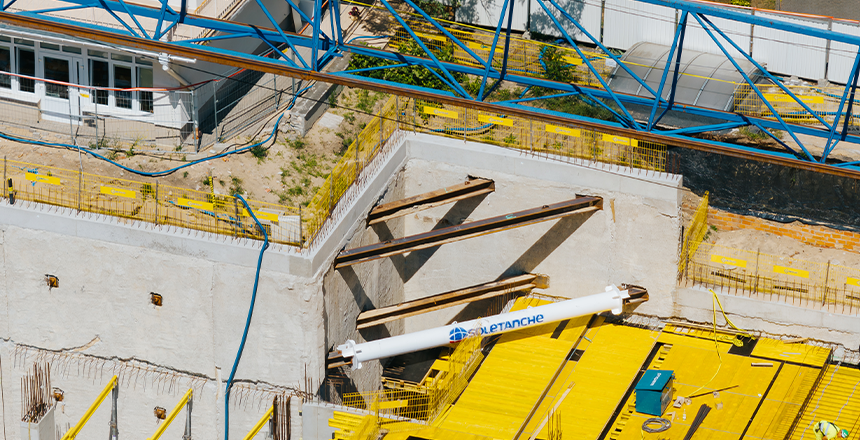
Foundation work in figures :
- diaphragm wall depth: 13 m
- diaphragm wall thickness: 50 cm
- total diaphragm wall surface area: 2280 m²
- total volume of diaphragm wall concrete: 1302 m³
- site circumference: 280 running metres
- number of ground anchors (length): 36 pcs (from 15 to 18 metres) – 2 levels of anchorage used in one part of the site (lecture hall)
- number of steel struts: 17
About the project
Over the next few months, Soletanche Polska’s construction team will complete the diaphragm walls and remove the steel struts. Dawid Skowroński commented: “We have taken great care to ensure the precise alignment and careful finishing of all the foundation elements to guarantee their conformity at handover. Thanks to our efforts, Otwock’s new training and dissection center will rest on a solid and secure foundation that meets the highest construction standards.”
The Otwock training and dissection center is Soletanche Polska’s second project in support of the Polish health service. Soletanche Polska has already had the opportunity to work for Warbud S.A., the general contractor for the Warsaw Medical University construction project.
